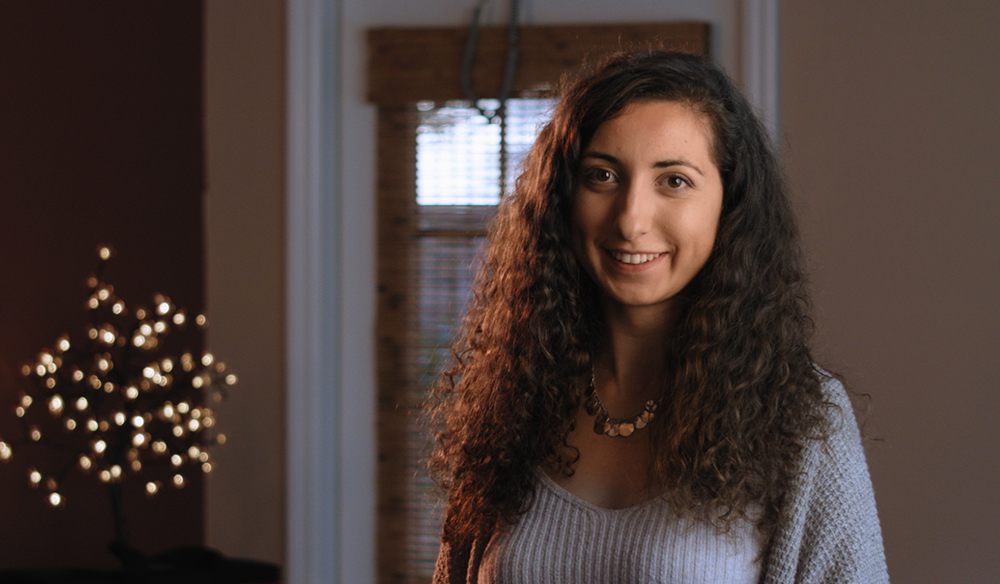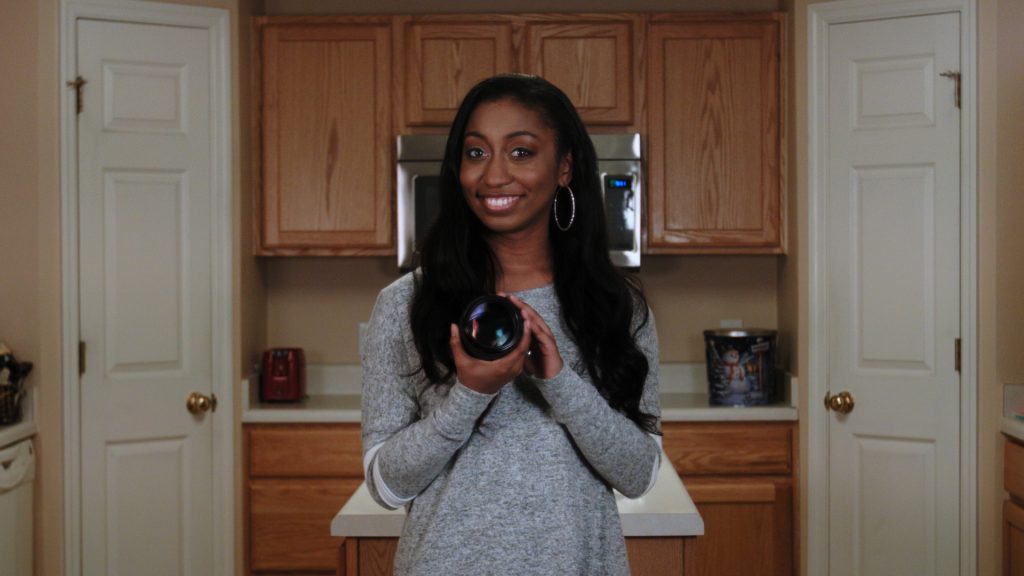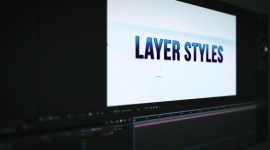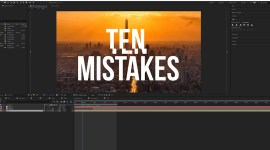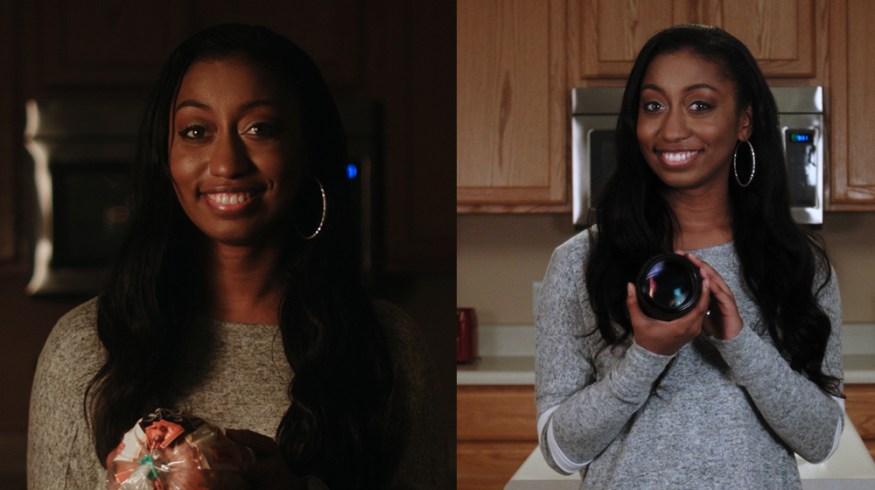
Working with Both Low Key and High Key Lighting Styles
In this video tutorial, we take a look at the differences between low key and high key lighting, and how to set up both styles.
“Low key” and “high key” are lighting terms that get thrown around a lot in meetings between directors and cinematographers. Low key lighting refers to a scene that is dark with high contrast. It’s not a specific setup. Rather, it’s just an idea to get the ball rolling. High key lighting, on the other hand, refers to an evenly lit, lower-contrast setup.
In this video tutorial, we’ll break down both lighting styles. It’s all about controlling your light.
High Key Lighting
To create a high key lighting style, you need to control the shadows, and you want a background that is brighter than your talent. You also need to eliminate apparent contrast in your subject’s face. There are two easy ways to light for this style: a frontal key light or a key and fill light. Make sure to light the background evenly with either ambient light or bounced light. This approach is a simple, generic way to evenly light any scene.
Low Key Lighting
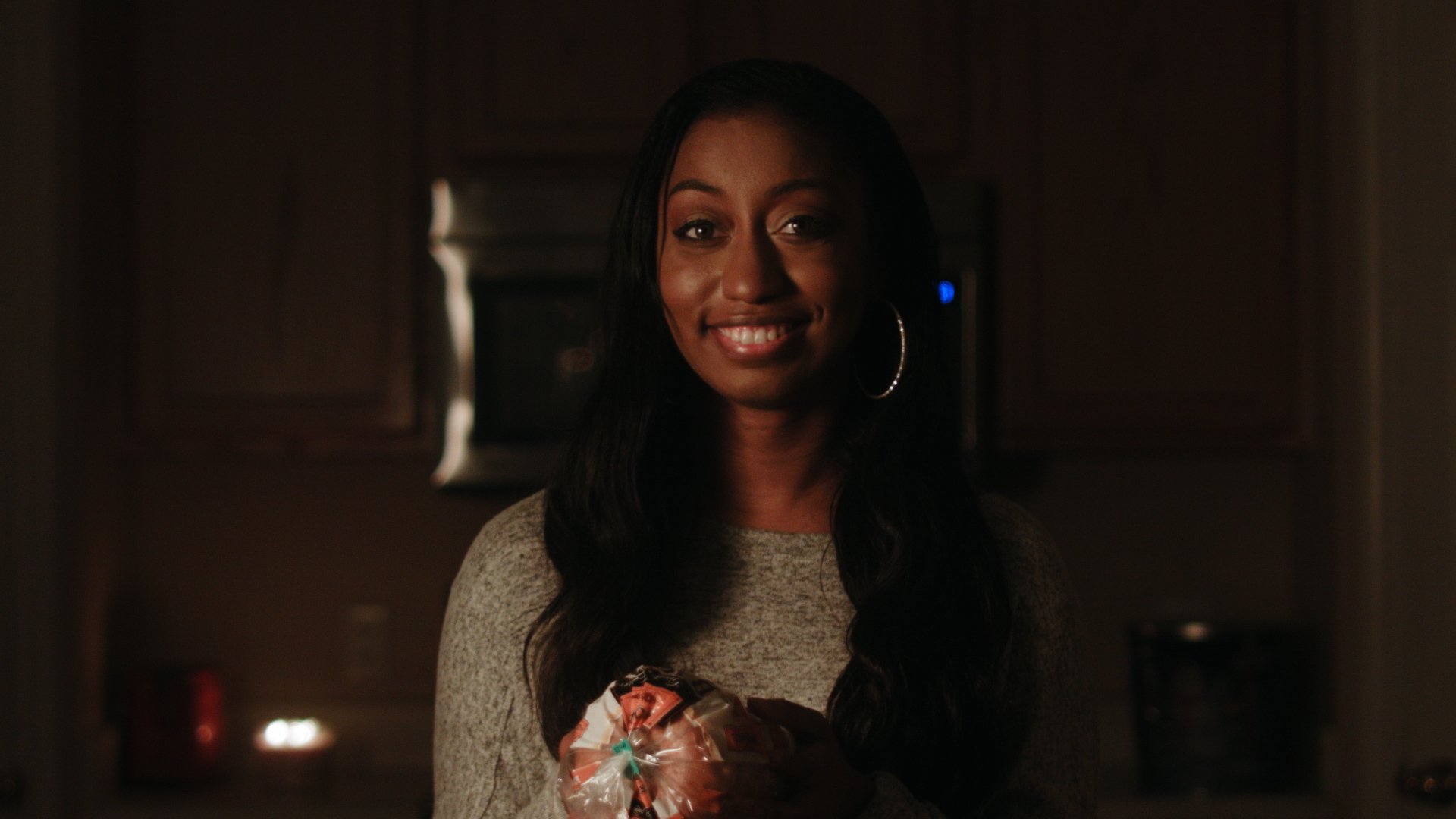
Low key lighting is all about darkness and contrast. The best way to use this approach is to light what you want your viewers to see. In my example, we only used one light for our talent. We placed it about 45 degrees to the left of the subject’s face to ensure that the right side of her face would be left in shadow. When you look around the image, you can see apparent contrast between the talent’s face and the background. Many cinematographers agree that you should light for your highlights and let the shadows work themselves out.
This should get you started using different lighting approaches for different scenes. Remember to always light in service of your story.
Looking for more info on lighting? Here are a couple of lighting-based video tutorials to check out.
6 Creative Ways To Light With Gels
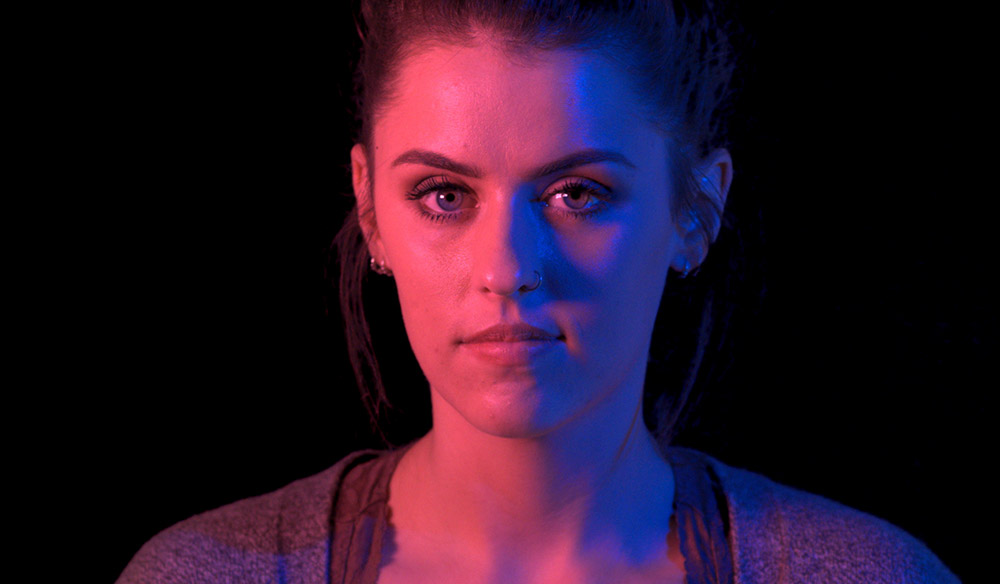
How to Control Ambient Light
